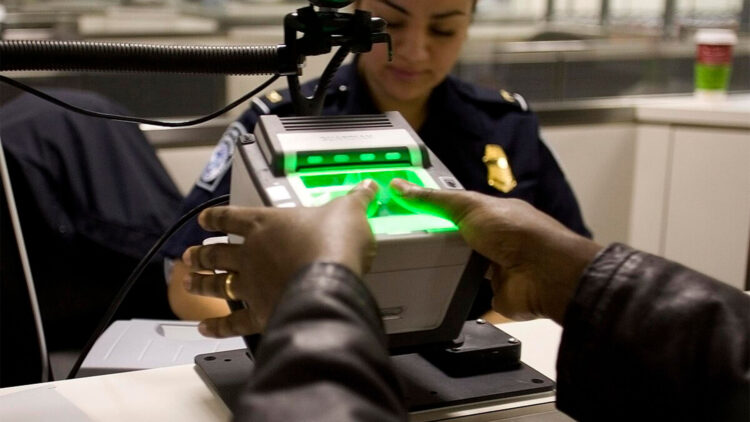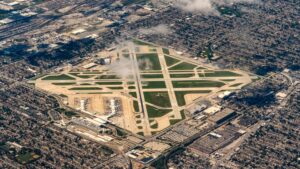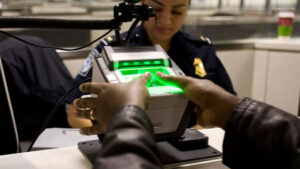
The United States is set to implement a significant change in its immigration procedure, introducing comprehensive biometric screening for all foreign visitors beginning on December 26, 2023. Under this new regulation from the Department of Homeland Security (DHS), every non-U.S. citizen will undergo biometric checks, including photographs, fingerprints, and facial scans upon arrival and departure.
This policy is part of a broader initiative aimed at establishing an “integrated biometric entry and exit system.” The system’s goal is to enhance national security by comparing biometric data collected when individuals enter the country with that obtained when they leave. The DHS stated that this approach will help address national security concerns by monitoring who enters and exits the nation, reducing visa overstays, and identifying individuals using false identities.
The shift signals a fundamental transformation in border control practices between the United States and Mexico. Previously, biometric data collection primarily occurred only at entry points. Now, the departure process will follow similar protocols, marking a notable evolution in surveillance techniques at borders.
Details of the Biometric Screening Process
Facial recognition technology will be employed at various points, including airports, seaports, and land borders, to automatically capture images of foreign travelers. Depending on the type of examination being conducted, border officials may also collect fingerprints or other biometric identifiers. This regulation applies to all non-citizens, encompassing tourists, temporary workers, and those with work permits.
The government emphasizes that the new measures aim to:
– Confirm a traveler’s identity.
– Ensure individuals depart within the time frame specified by their visa.
– Detect fraudulent documentation and identity theft.
The DHS has already trialed facial recognition technology in international airports, reporting that over 300 million travelers have passed through these systems. The initiative has led to the identification of thousands of individuals with fraudulent identification or irregular immigration status.
Concerns About Privacy and Surveillance
The introduction of this biometric system has raised concerns regarding privacy and the potential for increased surveillance. Kate Lincoln-Goldfinch, an immigration lawyer and civil rights advocate based in Austin, Texas, remarked that the new regulation represents a “fundamental change in border policy and biometric surveillance.” She emphasized the need for active legal oversight regarding the collection and management of biometric data.
Lincoln-Goldfinch also pointed out key issues families must consider, including the duration for which their data will be retained, who can access it, and how to rectify errors in case of wrongful identification. Advocates for privacy worry that large databases of biometric information could be vulnerable to hacking or misuse, while also expressing concerns about the accuracy of facial recognition technology, particularly concerning specific ethnic groups.
Despite these apprehensions, supporters of the biometric system argue that it could streamline processes already in place in several regions across Europe, Asia, and Latin America, potentially decreasing wait times at airports and enhancing identification accuracy.
As the United States moves toward a more efficient migration system, civil rights organizations caution that the nation may be entering an era of widespread digital surveillance. The growing integration of biometric technology highlights an ongoing tension between enhancing security measures and upholding civil liberties.
As this system expands, the balance between privacy and security is likely to become increasingly contentious, determining how millions of individuals navigate travel and immigration in the years to come.







